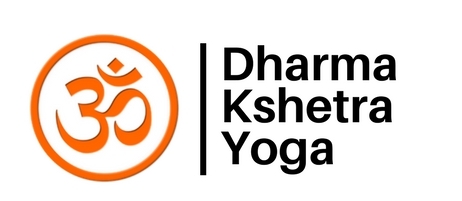In our “What is Yoga?” post, you learned that yoga means “union” of the different layers of our existence, including body, breath and mind. How yoga leads us to this experience of union is both an art and a science, the application of which must be adapted to meet individual needs and evolve as the practitioner grows.
Humans and human nature are as varied as the mind can imagine; what works for one person will not work for another. The overarching philosophy of yoga has always embraced this concept, resulting in a multifaceted gem of yoga styles to guide individuals to the state of yoga, of union.
Most of us are familiar with Hatha Yoga as this is the style that includes the yoga poses so popular in today’s culture. Within Hatha Yoga, you’ll find a wide array of practices, such as Vinyasa, Slow Flow, Hot, Yin, Gentle, etc.
But there are many other types of yoga that have nothing to do with placing your body in different shapes. You may find other facets of yoga enhance your practice or better suit your needs. Let’s take a look:
Hatha – focuses on optimizing the physical body (strength, flexibility, balance) through postures, breathwork, mudras (gestures), bandhas (locks), and cleansing techniques. These practices are said to create “the diamond body” in preparation for working with energy and meditation.
Kundalini – closely associated with Hatha Yoga and Tantra. Kundalini Yoga works primarily with the energy body, using the chakras and nadis as the map for harnessing and channeling the flow of prana (energy).
Bhakti – the Yoga of Devotional Love. Practices evoke a heart-centered connection with the divine and include devotional ritual, chanting mantra, and service (seva) as an extension of this devotion. This style of yoga supports emotional and spiritual wellness.
Karma – the Yoga of Skillful Action. Practicing Karma Yoga involves awareness of the intention behind our actions. By offering our actions to the greater good rather than for personal gain, we develop a greater understanding of the interconnectedness of all beings. This opens the door to experiencing greater union and harmony in our lives. The Bhagavad Gita is often considered the manual for Karma Yoga, though it includes many other styles of yoga.
Jñana – the Yoga of Self-Knowledge. Through self-inquiry, self-study, and study of the great teachings, we discover the essence of who we truly are and tap into our inner knowing. This approach can enhance any of the others listed here and may particularly interest intellectually-minded individuals.
Mantra – the Yoga of Sacred Sound. Through the recitation or chanting of sacred sounds, the mind becomes purified and one-pointed. This leads to the meditative state where we can experience the state of union that is Yoga. There are an infinite number of mantras from many traditions and in many languages from which to choose if you wish to start a mantra practice. Popular yogic mantras include: OM, the source and vibration of the universe; Gayatri, often chanted at sunrise; and Maha Mritunjaya, for healing.
Tantra – the process of transforming everyday experiences and all of life into an experience of the divine. Positives and negatives become two sides of the same coin, and the practices help us overcome this duality to realize the sacred unity of life. The chakras are the primary map for exploring bodymind consciousness. Visualization, engaging the senses, and ritual practices are all part of Tantra. The Vijñana Bhairava Tantra is a key Tantric text.
Raja – the Royal Yoga. This style focuses on meditation as the means to unity consciousness. Postures are one of the steps toward meditation and Hatha Yoga prepares us for Raja Yoga. Patanjali’s Yoga Sutra is the guidebook for attaining self-realization through meditation and is often referenced in Hatha Yoga classes.
Just as a large gem can retain its original glory or be cut into smaller, equally beautiful fragments, your approach to yoga can encompass all of these ideas or focus on one smaller, equally beneficial aspect. The ability to mine as little or much as one needs at any given time is one of the reasons yoga has been treasured and passed down through the ages. Where will your journey take you next?
You can learn more about these different approaches to yoga in our weekly yoga class “Foundations of Yoga” starting April 15.

